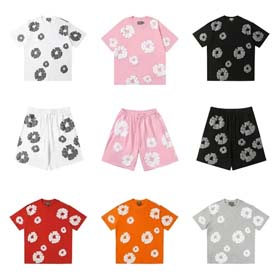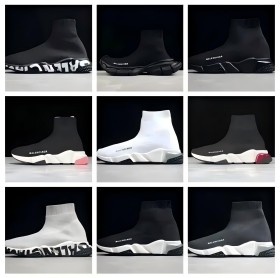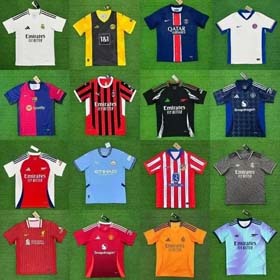Cluster Analysis of Superbuy Proxy Shopping User Demand Data in Spreadsheets and Personalized Service Strategy Development
Introduction
In today's competitive e-commerce landscape, understanding user preferences and tailoring services accordingly is crucial for customer retention. Superbuy, as a leading proxy shopping platform, can leverage spreadsheet-based clustering analysis to segment its users and develop targeted service strategies. This article explores how Superbuy can analyze user demand data—including product categories, brand preferences, and budget ranges—to drive personalized recommendations and enhance satisfaction.
1. Data Collection & Preparation
Superbuy's user demand data, stored in spreadsheets (e.g., Google Sheets or Excel), may include:
- Product categories:
- Brand preferences:
- Budget ranges:
- Purchase frequency:
- Brand preferences:
Data normalization and cleaning (e.g., handling missing values) are essential before clustering.
2. Clustering Analysis in Spreadsheets
2.1 Methodology
- Tool integration:BigQuery ConnectorPython scripts
- Feature selection:
- Visualization:
- Feature selection:
Example Clusters (Hypothetical)
| Cluster | Profile | Characteristics |
|---|---|---|
| 1 | Luxury Seekers | High budget, prefers premium brands (e.g., Gucci, Sony). |
| 2 | Budget Shoppers | Frequent purchases under $100 (e.g., fast fashion). |
| 3 | Niche Enthusiasts | Mid-range budget, targets limited-edition items. |
3. Personalized Service Strategies
3.1 Tailored Recommendations
- Cluster 1 (Luxury):
- Cluster 2 (Budget):
- Cluster 3 (Niche):
- Cluster 2 (Budget):
3.2 Engagement Tactics
- Dynamic email campaigns:
- Loyalty rewards:
Conclusion
By clustering proxy shopping demand data in spreadsheets, Superbuy can transform raw user metrics into actionable insights. Personalized strategies rooted in these clusters foster engagement, satisfaction, and long-term loyalty—key drivers for e-commerce success.
Note:k-means



















